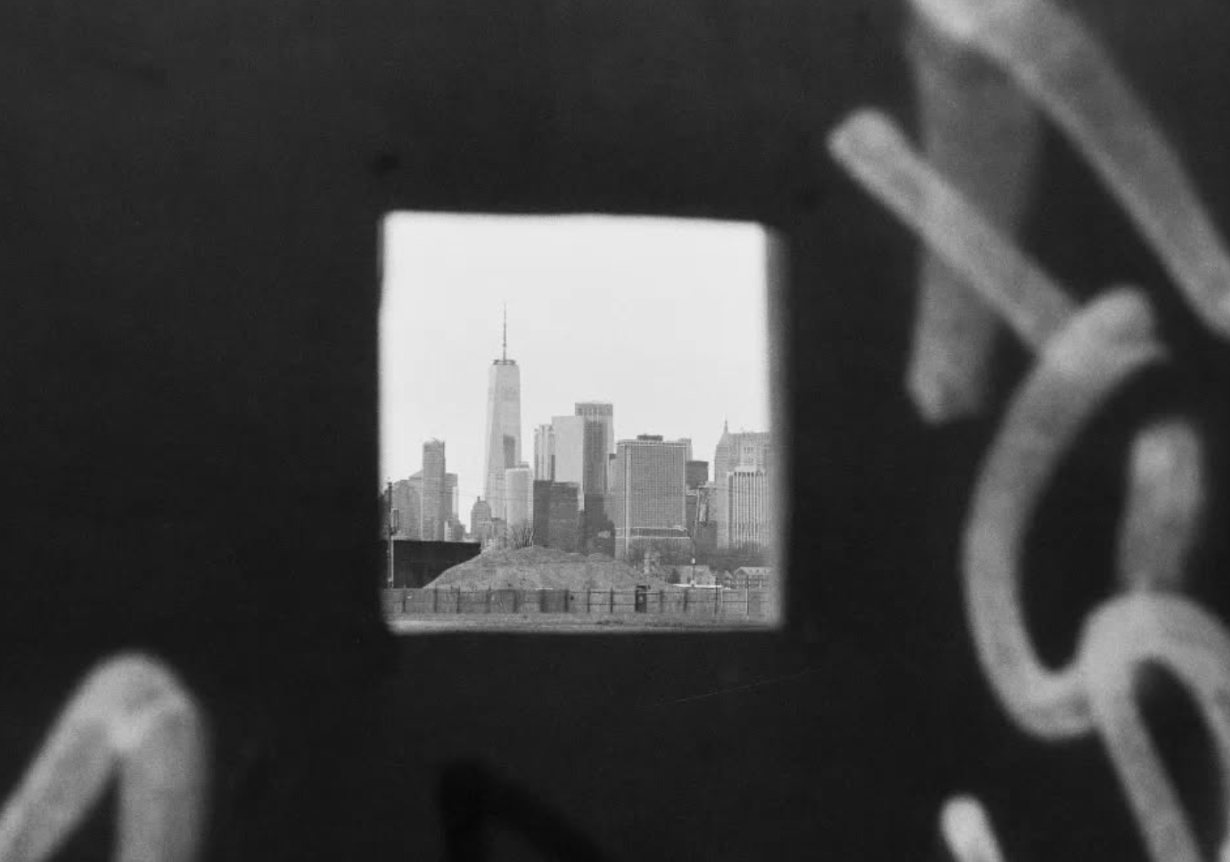A Sense of Place: Why Some Neighborhoods Just Feel Different
(Photo/New York Skyline, Leo Kuroyanagi)
By Jali Packer
Walk a few blocks in New York, and the atmosphere changes long before the buildings do. This feeling is familiar to anyone who lives in a city, yet it is often dismissed as subjective or unmeasurable. But what if these shifts in atmosphere are patterned, meaningful, and open to analysis? What if the “feel” of a place is as informative as its population density, demographics, or zoning map? And if so, how do you measure and quantify this feeling?
A Sense of Place is an ongoing research project that seeks to answer these very questions. Drawing upon psychogeography and machine learning, we explore how people give meaning to the neighborhoods they inhabit. Using digital traces, rather than official statistics, lets us understand experiences of the city through the concept of urban ambiance.
Although long explored in art and cultural criticism, “urban ambiance”—the emotional and sensory qualities that give neighborhoods their distinctive feel—has rarely been quantified at scale. Nokia Bell Labs defined 13 different urban ambiance dimensions: Alternative, Lively, Unique, Creative, Fancy, Friendly, Joyful, Modern, Popular, Quiet, Stylish, Cosmopolitan, and Beautiful. Each of these dimensions is associated with words—synonyms and antonyms that might be used to describe a place. Our work extends this, analyzing millions of geo-tagged Flickr image hashtags in New York City and counting the number of words relating to each dimension. A higher number of associated tags in a neighborhood leads to a higher ambiance score for that dimension.
[Figure 1: New York Ambiance Heatmaps]
Ambiance heatmaps for four selected dimensions at the Community District level (Alternative, Lively, Unique and Creative). Darker shades of a color represent a higher level for a given ambiance. Derived from thematic analysis of geo-tagged Flickr image hashtags.
The maps reveal intuitive spatial patterns. Lower Manhattan and Downtown Brooklyn register as alternative. Staten Island and eastern Queens are less lively and quieter. Red Hook and Jamaica stand out as unique, reflecting deep local identities and histories. Hotspots of creativity can be found across the city, including Flushing, Queens. Many of these patterns are as we might expect from visiting these areas. Other patterns appear as unusual, which can reflect differences between the residents of a neighborhood and the visitors, who may be more likely to photograph and post their images online.
But what drives these patterns? A machine-learning model incorporating demographic data, land use, and personality traits can explain the key predictors of urban ambiance across neighborhoods. For example, do more extroverted residents lead to more lively neighborhoods? What personality traits underscore creativity? And how do personality traits compare to other predictors, such as age, income, or demographic diversity?
Personality plays a big role. Using personality survey data from more than 30,000 New York residents, psychological tendencies emerge as strong predictors of neighborhood ambiance. Openness predicts creativity and alternativeness, extraversion drives “fanciness,” and agreeableness underscores friendliness. For example, far higher levels of openness are present in Lower Manhattan and Brooklyn, which displayed heightened ambiance scores for alternativeness. Neuroticism, as might be expected, is associated with lower levels of liveliness, as seen in suburban neighborhoods and parts of Staten Island. But not all aspects of ambiance can be easily explained by a machine-learning model. What might drive style? Or uniqueness? Our predictors failed to describe these dimensions, and yet they define some of the most visited and vibrant parts of New York City. Certain dimensions of urban character lie beyond the reach of data.
[Figure 2: Personality Trait Heatmaps]
Personality trait distributions at the Community District level for New York. Blue represents lower values for a trait, red represents higher values. Derived from ~30,000 surveyed participants.
So, why does this matter for Columbia University’s community? The neighborhoods surrounding campus are undergoing significant transformation. Columbia’s expansion into Manhattanville, shifts in the student population, and changes in housing markets all shape the lived experience of Morningside Heights and Harlem. Ambiance offers a way to think about identity and belonging in this evolving context. To examine ambiance is to examine the lived experience of place. And through that lens, the soul of a city is no longer quite so abstract. Instead, it is shaped by the people who move through it, map it, photograph it, and imagine it every day.
This work builds upon research conducted by Jali Packer, Friedrich Götz, Andrés Gvirtz and Jason Rentfrow at the Cambridge Personality & Social Dynamics Research Group, by Jali Packer and Daniele Quercia at the Centre for Urban Science & Progress and by Miriam Redi, Luca Maria Aiello, Rossana Schifanella and Daniele Quercia at Nokia Bell Labs.
Cover photo by Leo Kuroyanagi.



